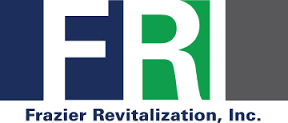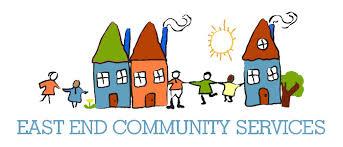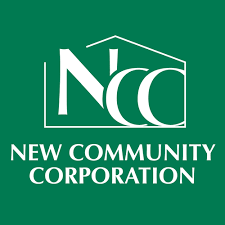Founded in 1975 as Southeast Development Inc. (SDI) to serve as the development arm of the Southeast Community Organization (SECO), an umbrella community organization in Baltimore, Southeast Community Development Corporation initially focused on developing affordable housing and commercial projects. In 2000, SDI separated from SECO and adopted a broader mission—to promote the healthy, dynamic, and diverse communities of Southeast Baltimore. Today, the CDC offers comprehensive homeownership education services, including financial counseling, first-time homeownership counseling, and foreclosure prevention counseling. It is also the only city nonprofit offering on-line classes, evening and weekend appointments, and bi-lingual services. Its commercial projects include the redevelopment of two theaters and a school into a performing arts center, a public library, and youth center. Also focused on sustainable community revitalization, the CDC has a green office building, has helped “green” area schools, and has partnered with other community groups to plant hundreds of trees in the area.




